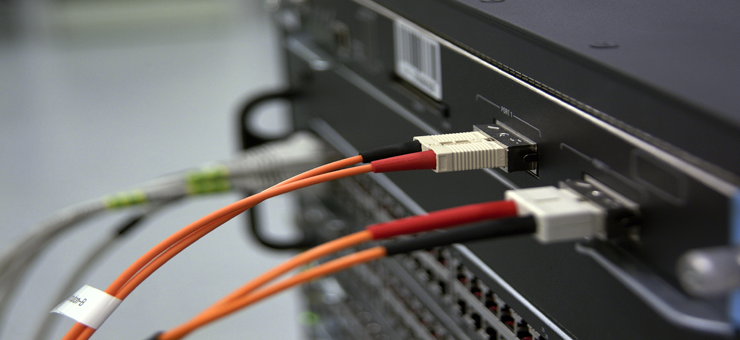Without a shadow of doubt, technology has made our lives simpler in a way that we could not have imagined about two decades back. If someone back then had spoken of how we would be able to carry our emails with us all the time through smartphones, browse the entire world with just a few taps, be able to take pictures whenever we want and share with others instantaneously or do the tasks of a computer with a simple, all-in-one handheld device, we might as well had not believed him. But all of these technological innovations truly made our lives simpler and convenient. Now we are able to book flights, schedule appointments, view/edit business reports and make video calls to literally anyone around the world with ease. This is something that is truly fascinating. The internet has changed the landscape of information technology and is making the impossible, possible.
Where technology has changed literally every industry, healthcare is no exception either. Physicians, hospitals, support staff, pharmacies, labs, radiology centers, payers, billing services, etc. are all using technology to drive their businesses and save patient lives. It is already making lives easier for everyone involved in the healthcare continuum and yet has a lot of room for improvement and innovation.
However, behind the amazing world of information technology, there is a huge pile of interconnected systems working alongside gigantic data centers. These data centers serve as the base for the storage, transfer and retrieval of big data. They contain healthcare information ranging from clinical metrics, data for patient care, billing and reporting – all of which is accessed by healthcare providers numerous times during a day. But what if the data center breaks down? What if healthcare providers lose access to their data? What if all the patient information is lost, destroyed or becomes unavailable all of a sudden? To even think of it happening would scare most of the professionals associated in the healthcare industry. And this comes at a price, too. A big one.
As per findings of a new Ponemon Institute/Emerson Network Power report, healthcare organizations face average down time costs of roughly $690,000 per incident, showing a 41% increase from 2010. The downtime cost increases to up to $1.74 million per incident in case of large healthcare groups which have more comprehensive IT systems.
The severity and complexity of the problem, is of course a big reason in determining the outage cost for healthcare practices. But even if we look at the lower end of the spectrum, healthcare centers pay out nearly $8,000 per minute of an outage. The cost associated with more critical IT systems is high and therefore, the outage cost is also on the higher side.
Larry Ponemon, chairman and founder of the privacy and security research firm Ponemon Institute, in a press statement said, “This increase in cost underscores the importance for organizations to make it a priority to minimize the risk of downtime that can potentially cost thousands of dollars per minute.”
The report contained responses from 450 data center professionals which highlighted the reasons and frequency of data center downtimes. As per the respondents, there were two complete data center outages over the past two years while there were as many as six partial outages over the same time period. The average number of device-level outages, or those limited to individual servers was the highest at 11.
The most important cost which healthcare organizations had to incur due to data center outages was business disruption costs – estimated at an average of $238,717; lost revenue costs, averaging $183,724; and end-user productivity, an average of $140,543 lost per incident, according to the report.
The most frequent reasons for data center outages were UPS failures, accidental/human errors, cyber crime, weather incursions and water/heat failure. Outages caused by IT equipment failure, which only account for 4% of unplanned downtime, are the most expensive in terms of cost, calculated at $959,000 per incident.
Out of the total 15 industry sectors covered in the report, healthcare was ranked as high as 7th above retail, transportation, technology and software, co-location, services, media, education, public sector and hospitality sectors. Meanwhile, communications and consumer product companies saw the highest costs associated with data center outages.
Healthcare data center costs have increased as witnessed by the report. In August 2013, Sutter Health System, a huge, 24-hospital network in Northern California, witnessed a software glitch rendering its $1 billion Electronic Health Record system as inaccessible to clinical staff. It virtually caused many patients to be unable to receive medications throughout the day – causing a lot of stress for their families and friends.
The healthcare industry is indeed hugely reliant on flawless connectivity and operability of its systems. While there may be little or no impact on small and medium physician practices of such data center outages – primarily due to the fact that they do not require the availability of such huge data, the impact on bigger practices and hospital networks is dire. But this is probably the only downside of technology – it may be able to transform our lives in a way like nothing else but the world can come to a halt when it goes down.

Join the Discussion!